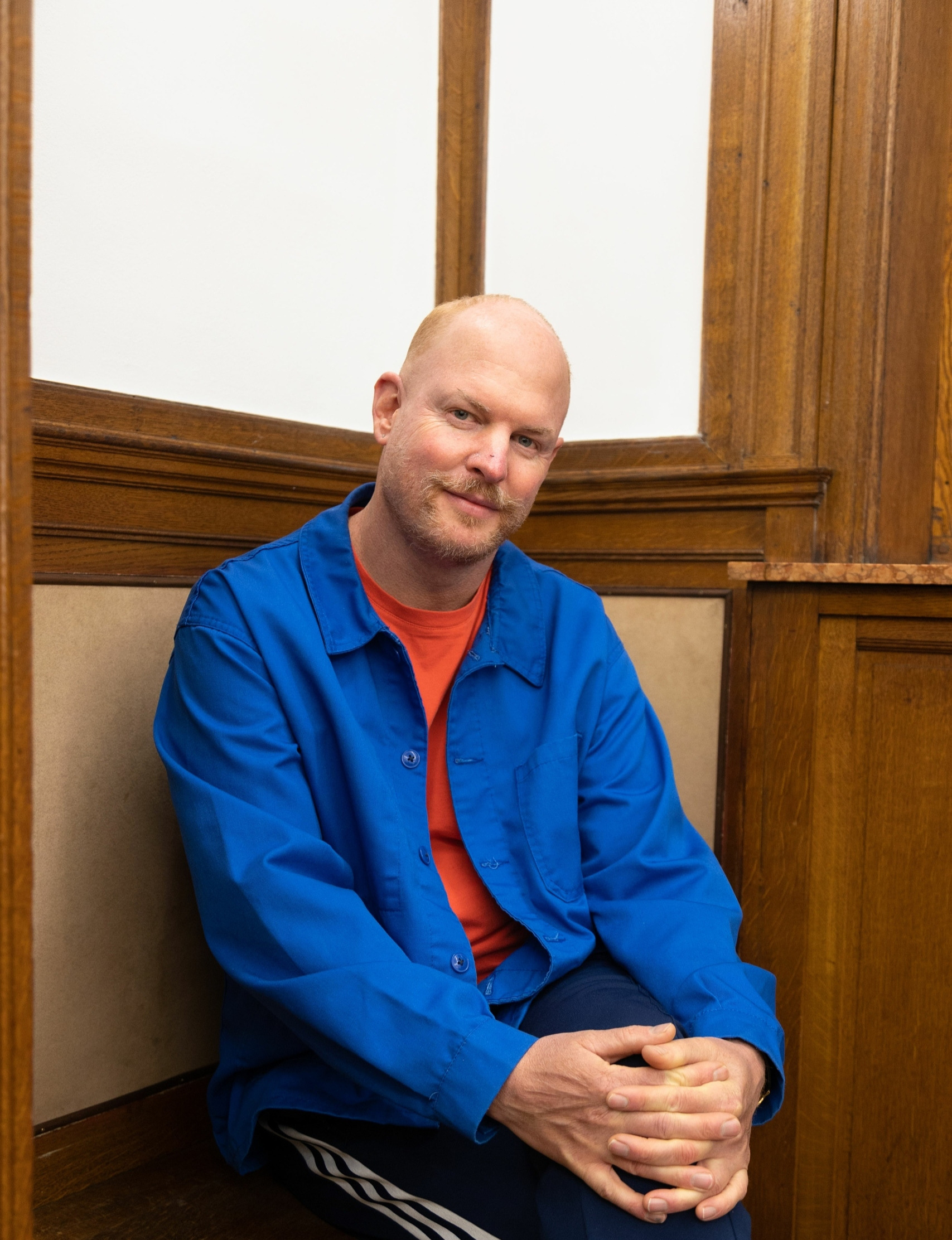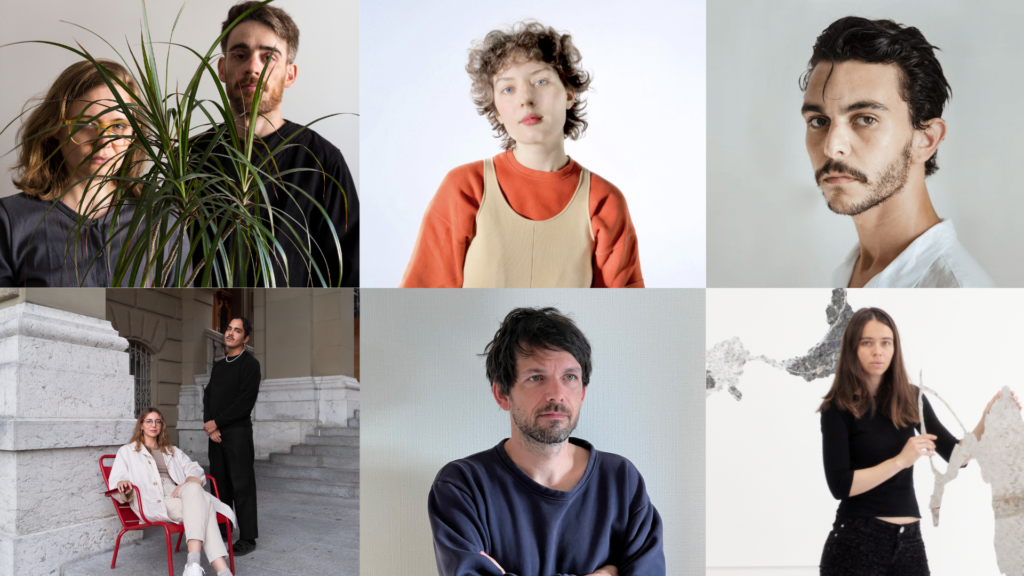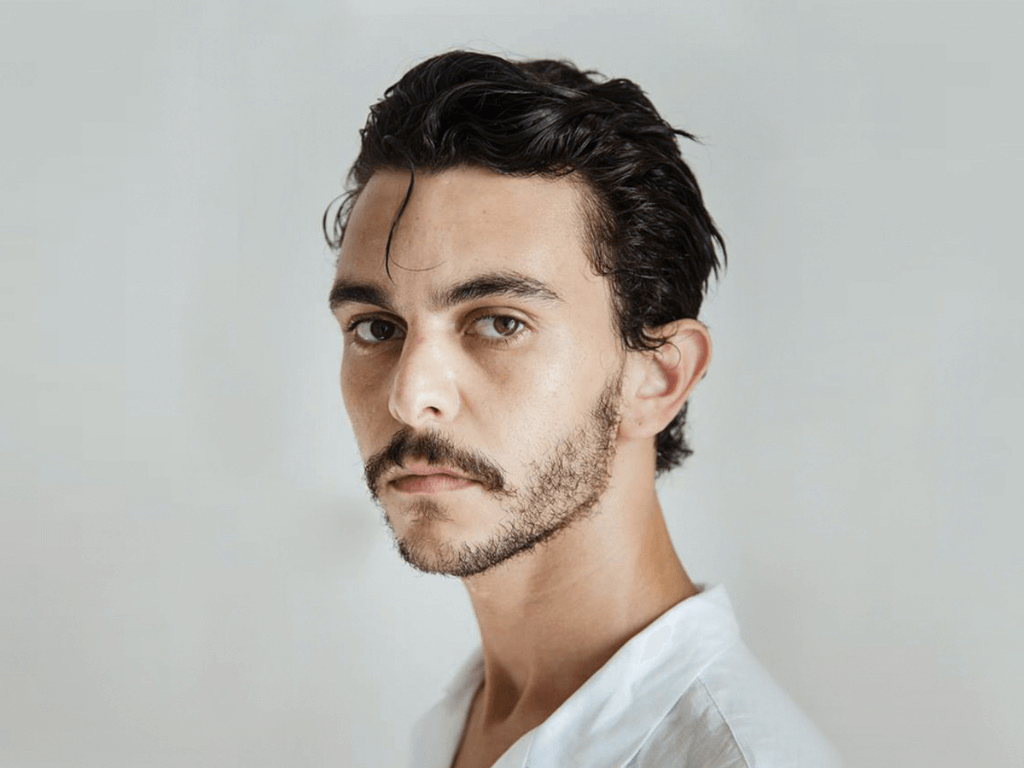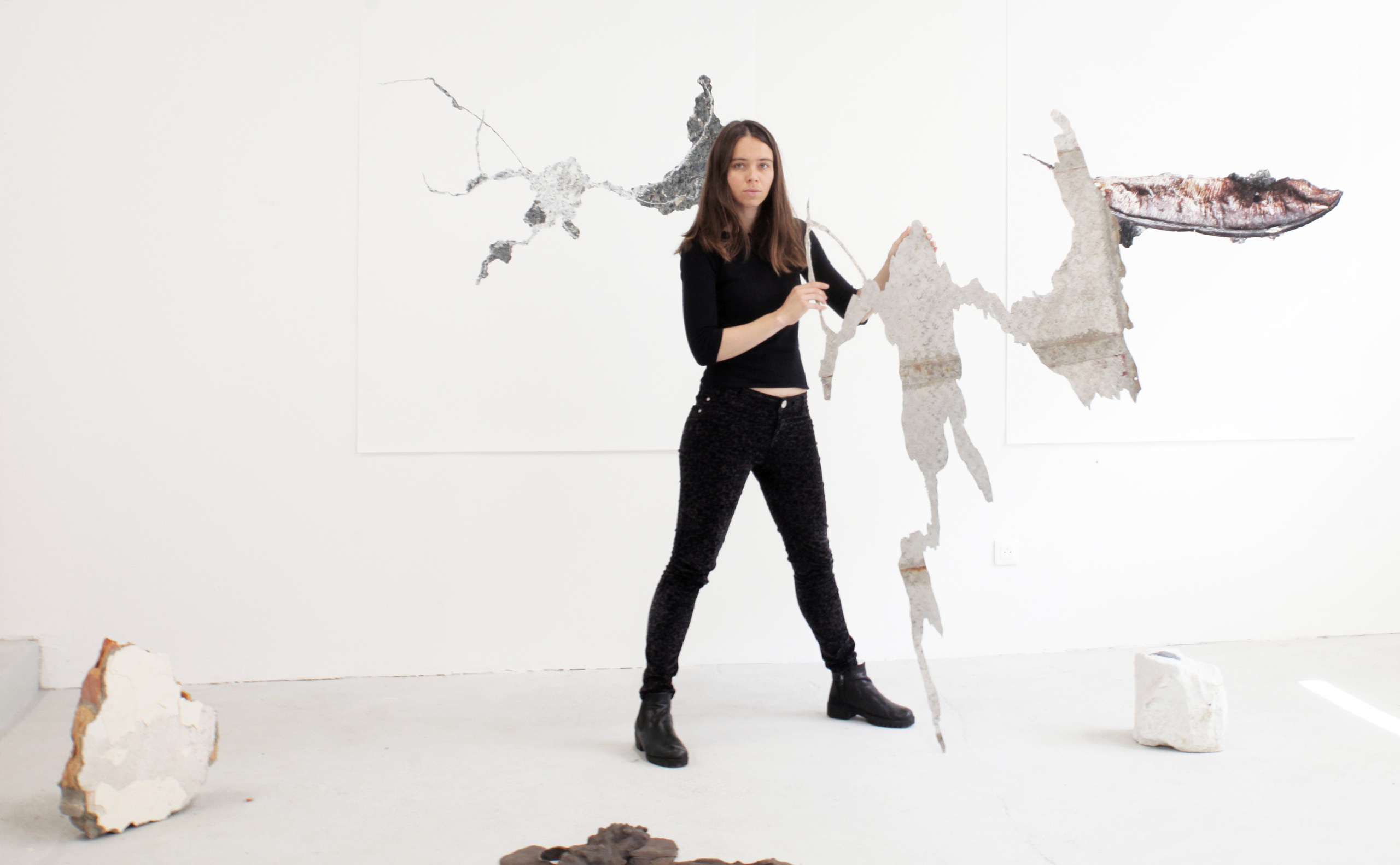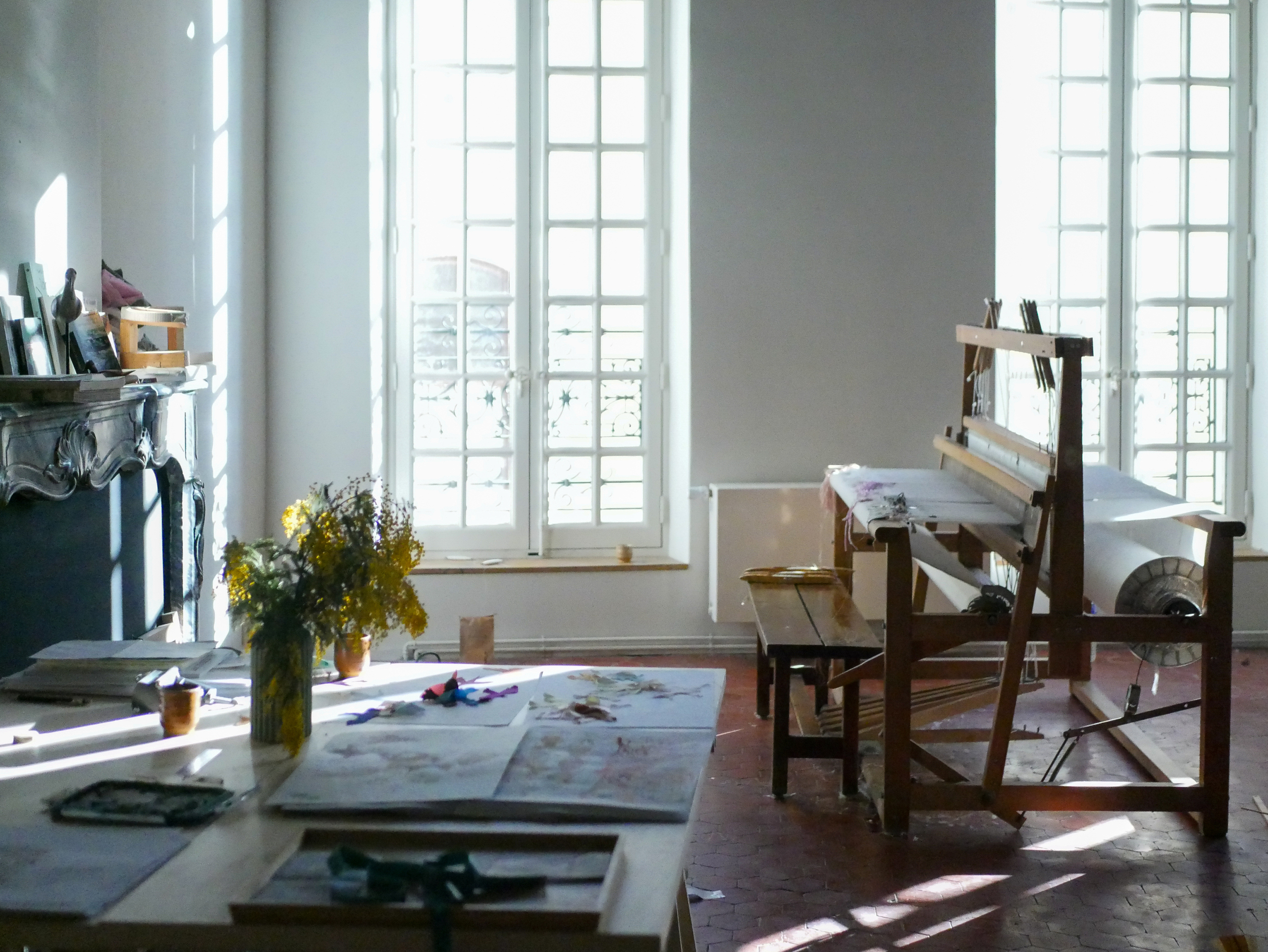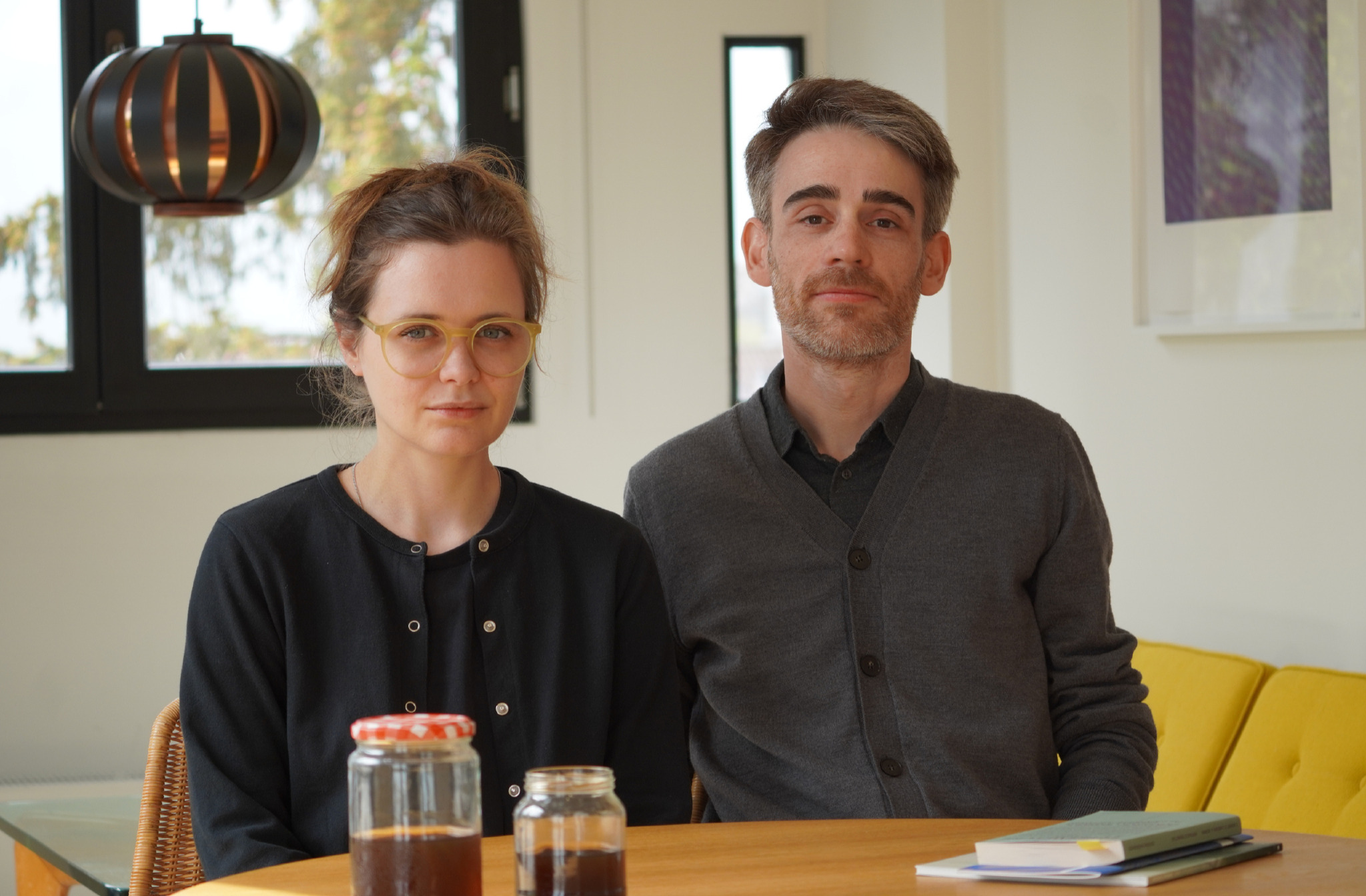
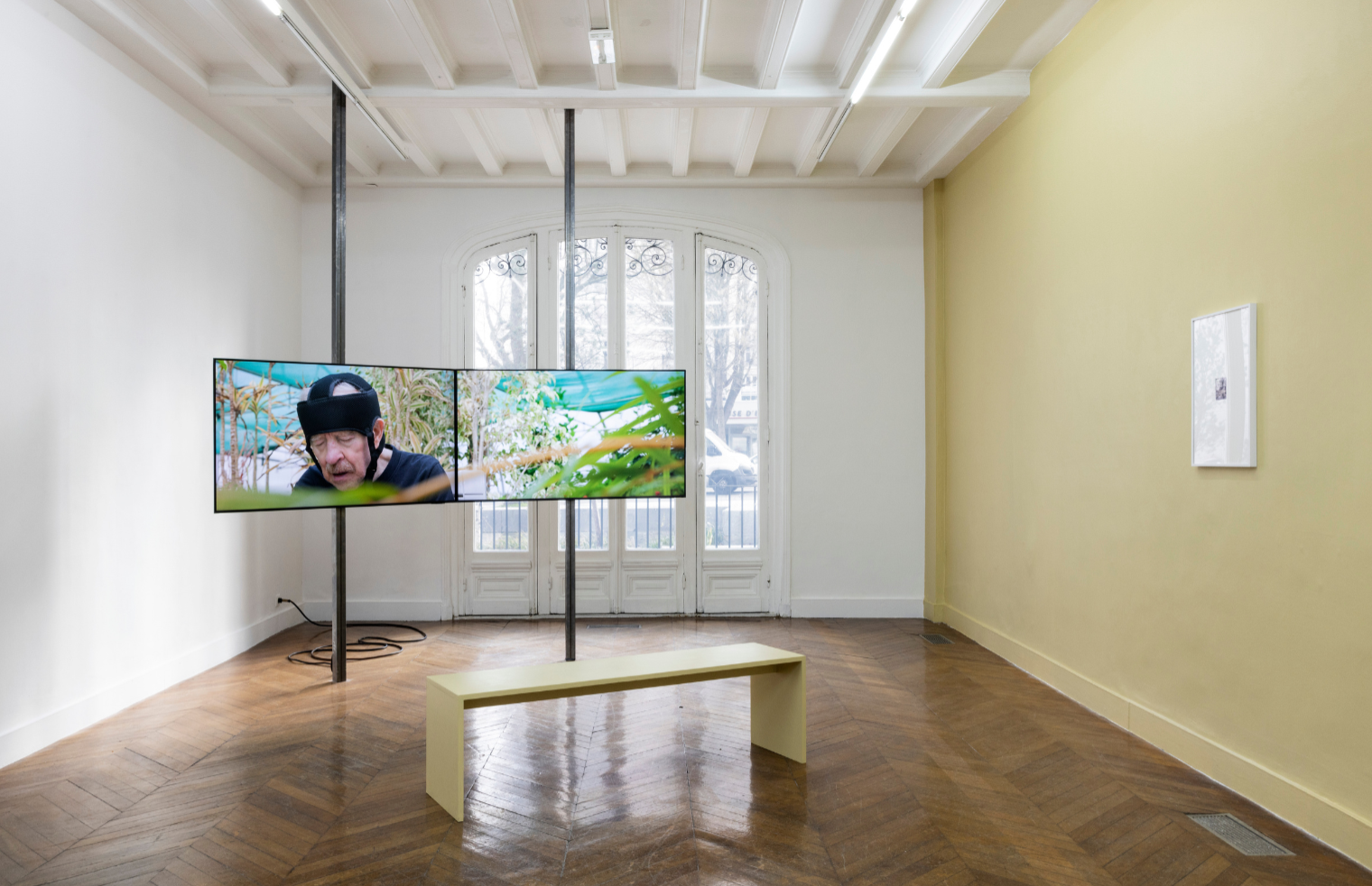
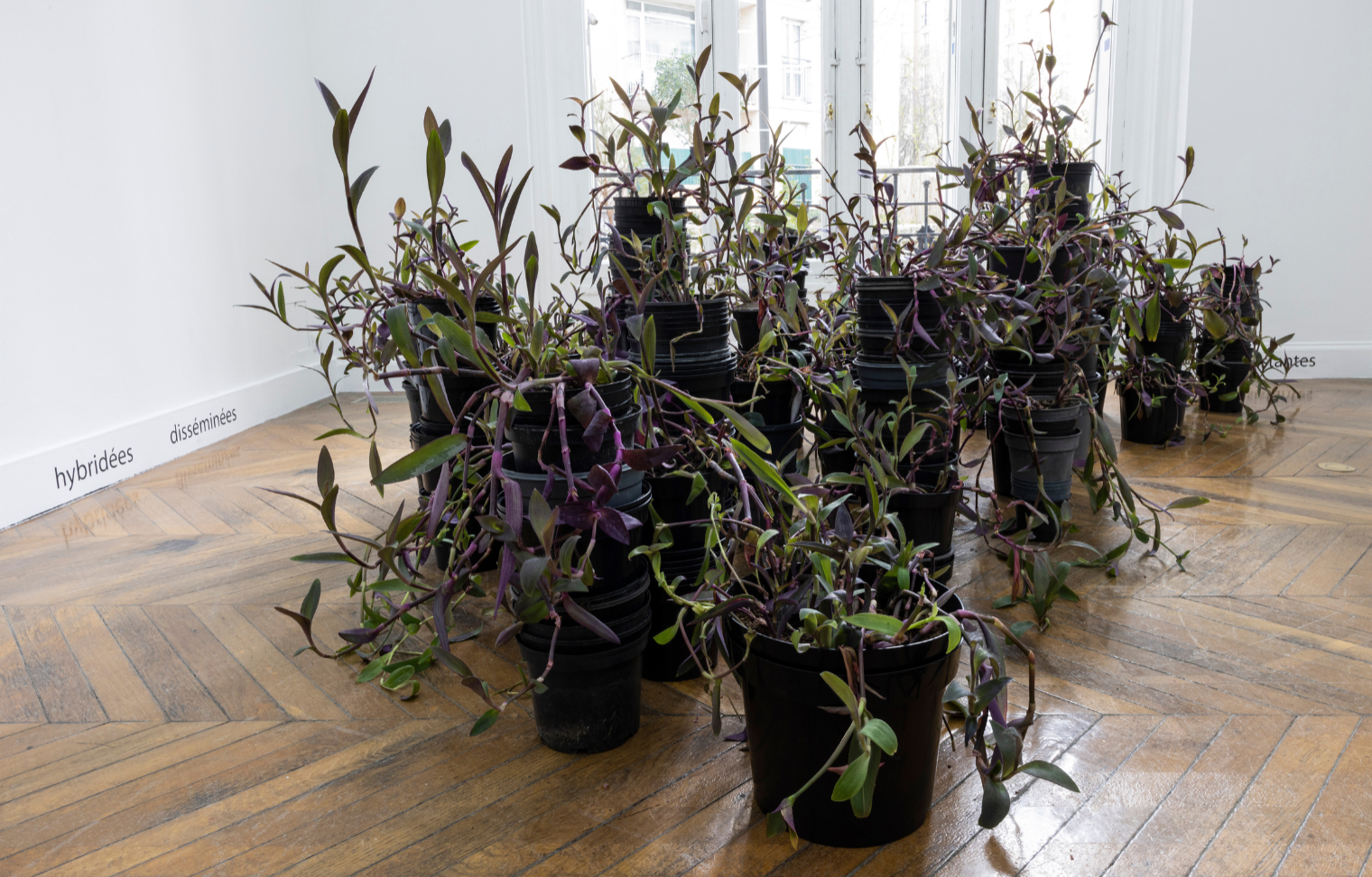
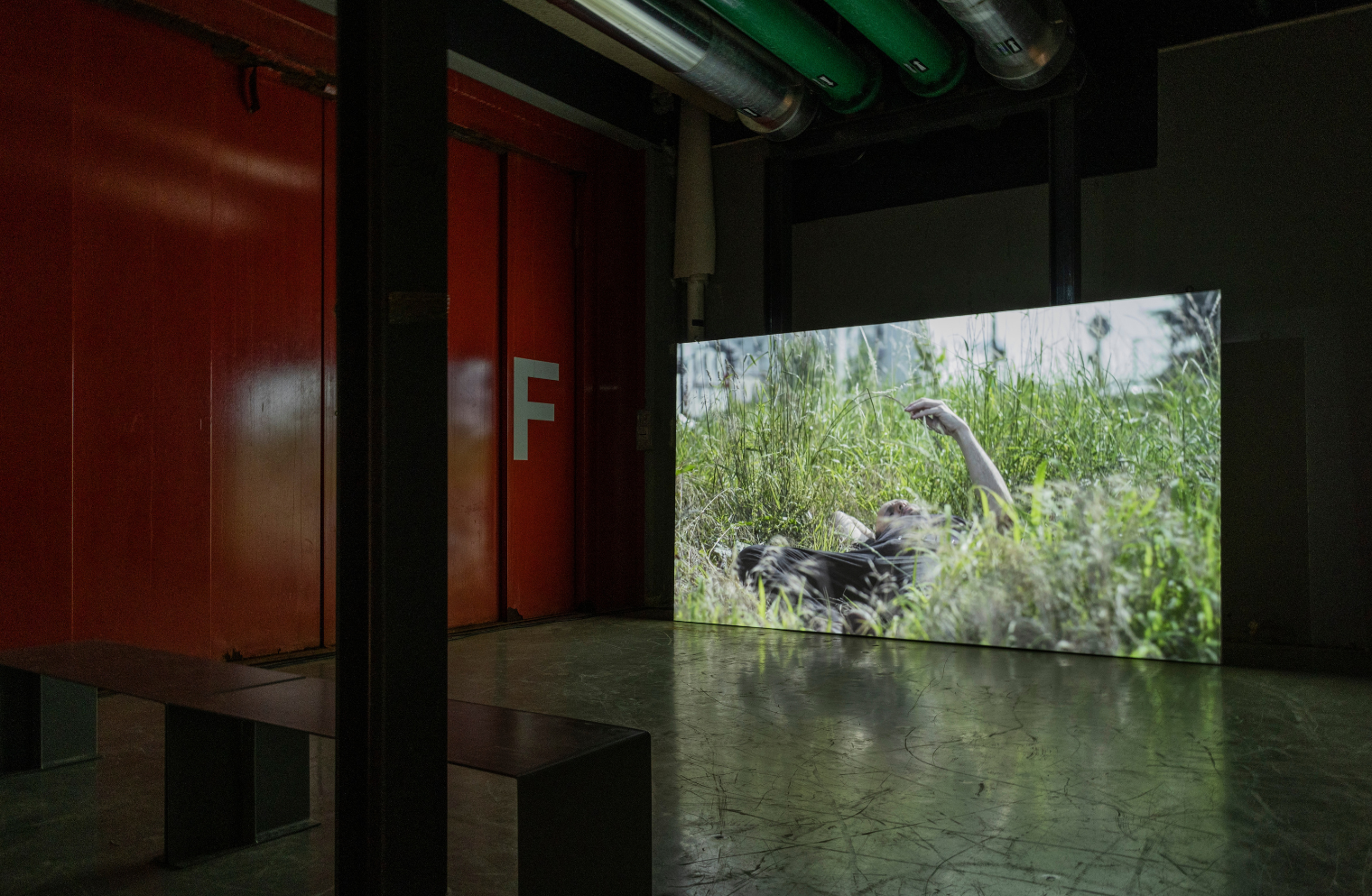
Research residency
Marie OUAZZANI & Nicolas CARRIER
Visual arts & creative writings
Like a botanical monograph or a conversation with a landscape, the work of Marie Ouazzani and Nicolas Carrier is organised into chapters or perhaps currents or waves around the relationship that the artists form each time with a specific plant. In their earlier works, Marie and Nicolas worked with calendula and then Kenilworth ivy, which have coloured their work, both literally and figuratively. These individuals have played the role of presences, catalysts of stories, and inducers of fictions. Marie’s and Nicolas’ exhibitions in fact often act as climates based on a slow, gentle relationship with the plants that the artists invite into their work. The principle of infusion that they employ to produce some of their works reflects their method, which allows the plant world to act within each research project, interweaving the geographical, historical, medicinal, poetic, and biographical avenues opened by the silent encounter with the subject and by the composition of narratives that seem to sprout from these interactions and from the times and places that intertwine beneath them, rooting each project in interconnected and transnational contexts.
Marie and Nicolas had identified a significant collection of coffee plants in the Botanical Garden in Meise, close to Brussels. This became a pretext for the artists to investigate the plant, to understand its behaviour, observe its uses, and map the histories implicating the plant and the beverage extracted from it. But it wasn’t limited to just that; it quickly also became about writing, envisioning a project that would not be documentary. They had to begin by seeing, by visiting the actors in Meise, in the old greenhouses. This is where Marie and Nicolas spotted a coffee plant, all by itself in the middle of a flower bed. The artists were struck by its fragile, elongated, and very tall form, as if it were trying to get as close as possible to the light streaming through the greenhouse windows. In another building, Marie and Nicolas found dozens of species of coffee plants stored flat in paper envelopes, as in an archive. Oddly, some of them have remained unidentified, even though they were collected, moved from one continent to another, studied, and arranged in a certain order. Botanists routinely announce the discovery of a new, more robust and productive species, or one that is able to replace a coffee plant decimated by disease or extinguished by industrial crop yields. And yet, as the artists learned, some species have already disappeared by the time a scientific team discovers them. Thus, there remains an entire, unknown population in the Botanical Garden’s envelopes: a world that waits there, resting in obscurity, torn from its past and a future yet to be invented. Perhaps it was there, in that space between a violent history and a latent future that Marie and Nicolas began to speculate, to compose a narrative at the edge of both science and fiction that puts forth a hypothesis, an idea, that imagines a near future in which the medical world has discovered yet unknown properties of coffee, which then becomes, instead of a colonial resource, the poison of a capital in which we drown, a new substance that miraculously calms and heals various rare and incurable diseases.
Marie Ouazzani & Nicolas Carrier are currently exhibiting as part of Dreamland · Homeland, at Carte Blanche Winland (Guangzhou, China) and Terrestrial Waves, at 101 Art & Design Centre (Fuzhou, China). A solo exhibition of their work has been organised by Banyan – Centre d’art contemporain de la Cité des Arts de La Réunion in Saint-Denis for March 2025.
_____
Working and living together since 2015, Marie Ouazzani (1991, France) & Nicolas Carrier (1981, France) develop their practice through discussion, research and exploration of urban territories and their peripheries. The duo has exhibited at Maison Salvan, Ygrec-ENSAPC, 19e Biennale WRO, Casa da Cerca, CAC Passerelle, Manifesta 13, 2nd Lagos Biennial, Mains d’Oeuvres, 3 bis f, 5e Odessa Biennale, 61e Salon de Montrouge et Darat al Funun. Their work has received support from the Fondation des Artistes et de l’Institut français, the CNAP and the DICRéAM (CNC) and the region Île-de-France (FoRTE).
Marie Ouazzani & Nicolas Carrier will be in residence during two separate sessions, between April and May, then between August and September 2024. They will be accompanied by Yann Chateigné Tytelman, guest curator for the 2024 residencies.
